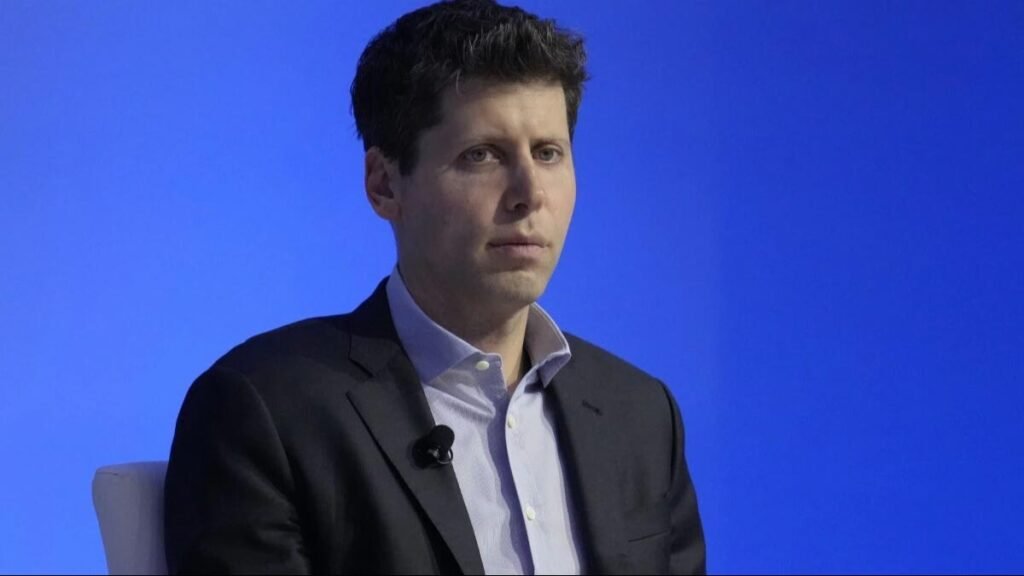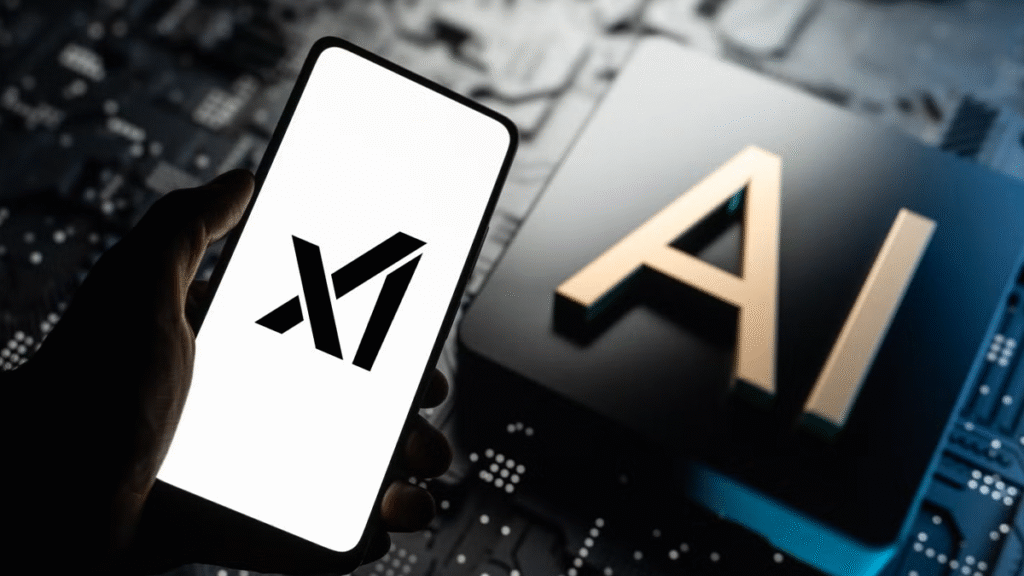OpenAI CEO Sam Altman has made one of his boldest predictions yet: artificial general intelligence (AGI) could soon automate 40% of tasks currently performed by humans. Speaking in a recent interview, Altman stressed that the impact should be measured at the task level rather than whole jobs, clarifying that many professions will adapt rather than disappear.
“I can easily imagine a world where 30 to 40 percent of the tasks that happen in the economy today get done by AI in the not very distant future,” Altman said. This statement has quickly been tagged as the “Sam Altman AGI 40% tasks” prediction, sparking fresh debate across the tech industry, academia, and policy circles.
AGI Job Automation Prediction Raises Concerns
Altman’s AGI job automation prediction highlights a critical shift in how the future of work will evolve. Analysts note that tasks most vulnerable to automation include data entry, routine research, back-office operations, and customer support. At the same time, roles demanding human creativity, empathy, and strategic decision-making are likely to remain resilient.
Experts caution that while productivity gains will be substantial, the economic transition may also widen inequality if workers are not reskilled. Educational systems, corporate training programs, and public policies will need to pivot quickly to prepare the workforce for this transformation.
Future of Work with AI in 2025
The future of work with AI in 2025 is already unfolding. Enterprises are adopting generative AI to handle customer queries, financial forecasting, and even aspects of legal and medical research. While these are not yet “general” intelligence systems, their rapid adoption suggests that Altman’s forecast could materialize faster than expected.
Governments worldwide are also accelerating discussions on AI regulation. The European Union’s AI Act and proposed U.S. frameworks reflect growing urgency to ensure safe deployment, transparency, and accountability.
Balancing Innovation with Responsibility
Altman has consistently emphasized that AGI development must be aligned with human values. Alignment—ensuring that advanced AI systems act in ways beneficial to people—remains one of the field’s greatest technical and ethical challenges. Research communities argue for rigorous testing, third-party audits, and strong governance before deploying highly capable models.
However, skepticism remains. Some researchers believe that true AGI is still decades away and caution against overestimating current capabilities. They argue that while automation of tasks will increase, labeling near-term systems as “AGI” may be premature.
The Bottom Line
Sam Altman’s forecast that AGI may automate 40% of tasks is not just speculation—it’s a call to prepare. Whether or not his exact numbers prove accurate, the shift in global labor markets is undeniable. Companies will need to redesign workflows, workers must adapt through reskilling, and policymakers must establish guardrails for safe adoption.
The conversation about the future of work with AI in 2025 is no longer theoretical. It is a pressing reality that will shape economies, societies, and opportunities in the years to come.


